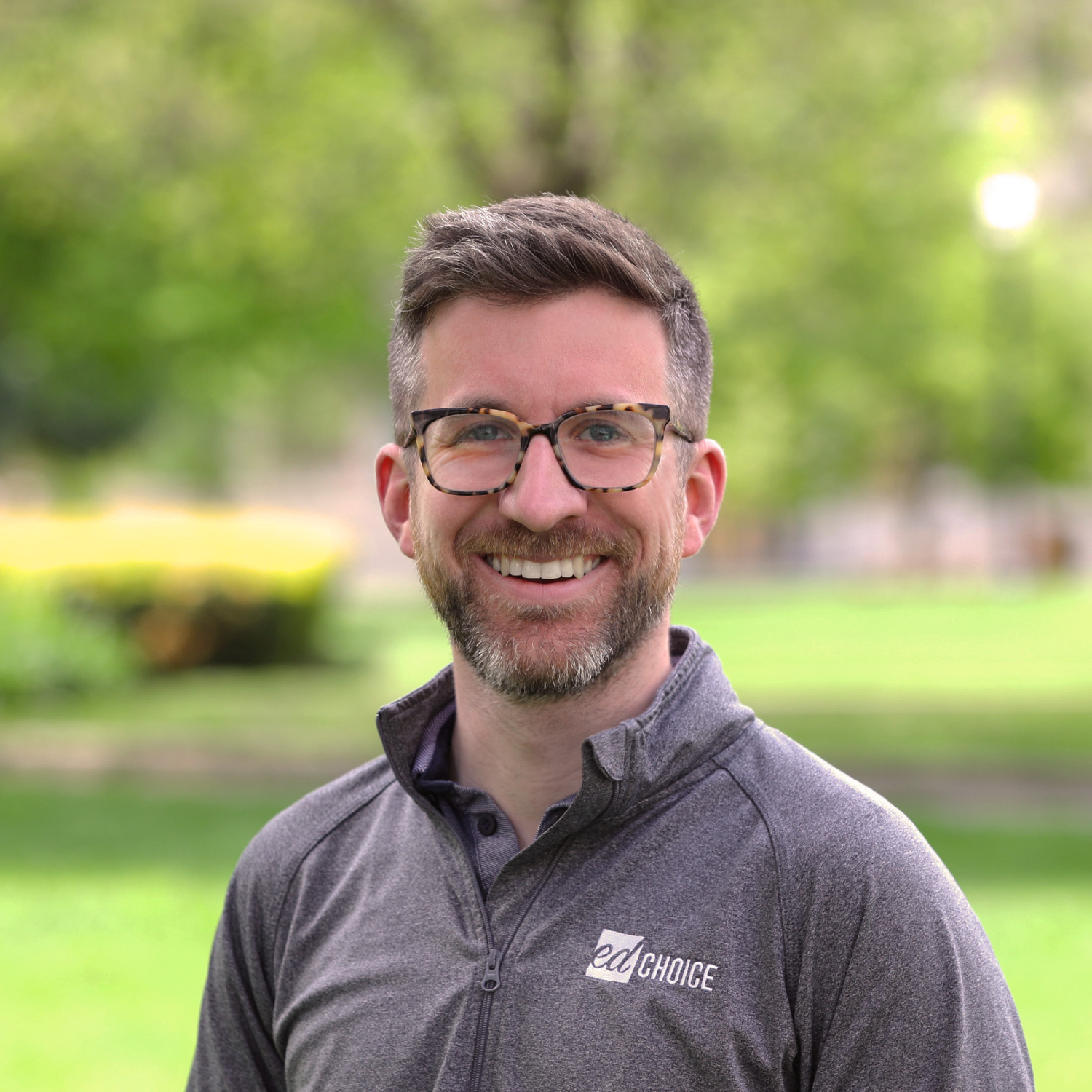Planning for an Uncertain Future: The International School of Indiana
If you wanted to construct a school in a laboratory that would be most affected by a global pandemic, you’d be hard pressed to create one more affected than the International School of Indiana (ISI). With a faculty and student population from all over the world, including places hit hard by COVID-19 and a recruiting model that relies on international families moving to Indiana to supply new students, these have been trying times.
The trying times are unlikely to end soon. So, ISI is looking to the future and planning for multiple potentialities.
Head of School Elizabeth Head and Vice President for Development and External Affairs Kristen Kaiser, took the time to chat with me via video conference to talk about where they’ve been, where they are and where they’re going.
Private schools do a public service, educating kids that public schools would otherwise have to, and private schools need help.
What they have accomplished thus far is incredibly impressive. Language immersion is at the core of their model, and thus substantial parts of their school day involves teachers teaching in foreign languages and students conversing with each other in foreign languages. It is very hard to do that in an asynchronous fashion. There are no online resources that are robust enough to meet their rigorous standards. The school had to build their eLearning model themselves.
They did so in four days.
Today, upper school students attend a normal, 8 a.m. to 3 p.m. school day with the same passing periods and class time expectations that they would have had during in-person classes. Some of the classes are pre-recorded, but given the nature of immersive language instruction, many of the classes have to be conducted synchronously over videoconference. Younger students are spending less time staring into screens for developmental reasons, but they are still spending more time in synchronous classes than most students across the country. It is the only way to immerse them in a foreign language.
This system is built to last the rest of the school year, but as Elizabeth and her team look to the future, they see a haze of uncertainty. Some of the key questions that the school’s leadership team are pondering include:
1. Will the state of Indiana allow schools to re-open in the fall?
2. What will social distancing practices look like? What will be mandated by the state? Are there things they are going to want to do that go above and beyond that?
3. Will they be able to have all students on campus at once? What does a socially-distant classroom look like? How do they pull that off in classrooms that are not designed for it?
4. Should they keep a full-time eLearning option for families who don’t feel comfortable sending their children back to school?
5. How can they accommodate teachers that might not be comfortable returning or are in a higher-risk group?
And these are just the general schooling questions that apply to any school. They have specific issues around international teachers and students, like the ability for international teachers they have hired this spring to make it to Indianapolis in time for school to start, visas and more.
What are they doing to prepare? “Scenarios, scenarios, scenarios,” Elizabeth said, “modeling, modeling, modeling.”
They have built out multiple budgets for next year, based on different enrollment scenarios. They are using a daily senior leadership team call to game plan different physical arrangements for the school. They are prepared to be in crisis management mode for the next two years. Both emphasized that they are planning for a marathon, and this spring has just been the first few miles.
What can be done to help schools like ISI? Elizabeth was crystal clear, “the government needs to fund private schools.” If the private school system collapses and all of those children flood back into public schools at a time when their budgets are already straining under the pressure of lower tax revenue, it will be a disaster. Private schools do a public service, educating kids that public schools would otherwise have to, and private schools need help.
So beyond the dollars and cents of the relative burdens of public and private schools—if we want a brighter future built on international collaboration, schools like ISI are the place to start. It would be bad in both the short- and long-term to see students turned away from this school.
Philanthropy plays a role as well. It has not always been the best PR for foundations to support private schools. There is an impression that private schools only serve elite students and that they can get by with tuition alone. That is not true, even for schools that are perceived to be elite. Many rely on fundraising and use higher tuition levels to subsidize lower-income students with scholarships. It is those students who will be most adversely affected by both the economic issues related to COVID-19 and any financial issues that schools run into. Supporting private schools can help those children.
Our call ended with Kristen making an important point. She argued that their school is the type of institution that is preparing kids to fight against pandemics like COVID-19 and the negative social consequences of isolationism and demagoguery that come with it.
So beyond the dollars and cents of the relative burdens of public and private schools—if we want a brighter future built on international collaboration, schools like ISI are the place to start. It would be bad in both the short- and long-term to see students turned away from this school. No one knows what the fall will hold, but ISI is working to make sure they can stay true to their mission and continue to serve their students and the broader world their students inhabit.




